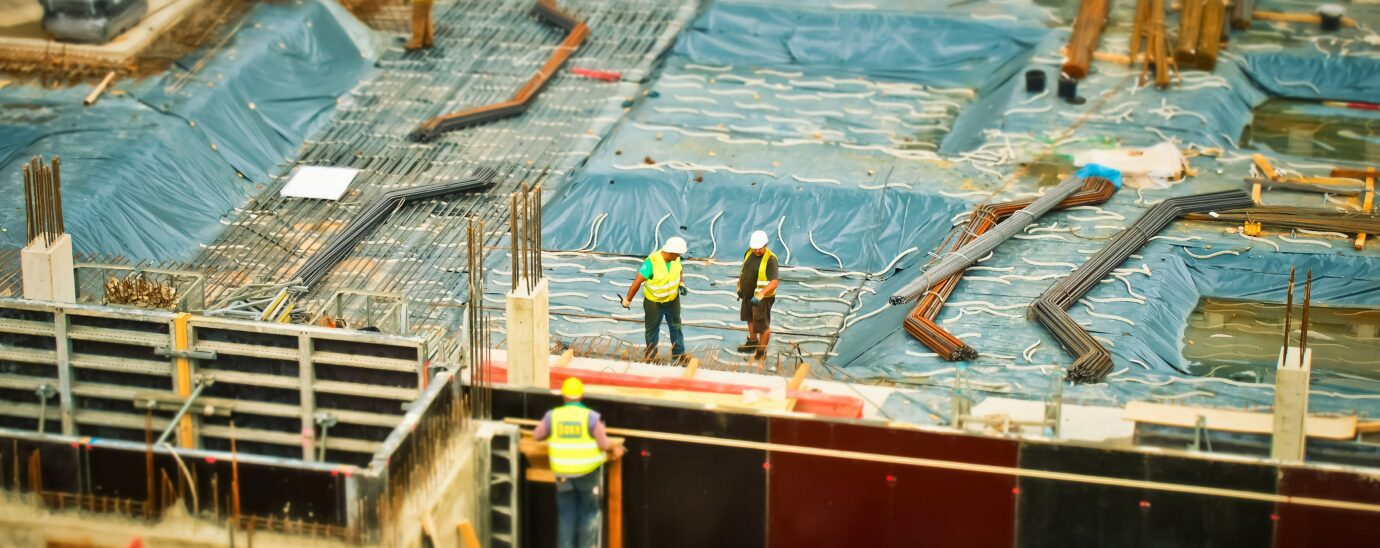The Latest in Smart Building Tech: Need to Know

They include better safety and security systems to safeguard residents from harm and have various systems that control temperature and ambience, amongst other variables. As such, contractors need to keep up with the latest smart building technologies to be competitive as technology continues to disrupt the construction sector. These advanced tech options are abundant, from automated lighting and HVAC controls to clever security systems and digital locks.
Just like having contractors all risk insurance protects you against the loss of, or any physical damage to, a construction project or site is essential, so is learning the ins and outs of smart buildings’ tech system types. By keeping up with the latest developments in smart building technology, which are discussed extensively in this article, you can guarantee that your projects will be finished on time and to code, making them more appealing to customers who value efficiency and affordability. Here are some of those technologies:
Automated lighting
Smart buildings rely heavily on automated lighting systems because of their positive effects on occupant comfort and energy efficiency. Sensors in automated lighting systems detect when humans are in space, and the lights dim or brighten appropriately. For instance, when no one is around, energy-saving features may cause the lights to turn off or dim. The lights will automatically switch on or brighten when someone enters the room.

Programmable automated lighting systems can enable natural daylighting by adjusting light levels depending on the day or the season. Further energy savings and enhanced occupant comfort can be achieved by integrating automated lighting systems with other building automation systems, such as HVAC and security systems.
Smart HVAC systems
Heating, ventilation, and air conditioning (HVAC) systems are managed by intelligent HVAC systems, a technology used in smart buildings. These setups keep tabs on the indoor environment by sensing and analyzing variables like humidity and air quality. The HVAC system may then be tuned to the appropriate levels to keep the building’s inhabitants happy. In addition, modern HVAC systems may be monitored and controlled from afar. It allows you to control the HVAC system in your building from the comfort of your home.
HVAC systems can also be set to react to variables like occupancy and weather. In the event of rain, the system may, for instance, automatically raise the inside temperature to maintain a pleasant environment. Smart HVAC systems reduce energy consumption by activating only when absolutely essential and defaulting to the most energy-conserving settings while in use.
Security systems
As a contractor, one understands that security is one thing residents of a building hold in high regard. As such, installing systems that enhance security levels in residences is a massive plus for a contractor looking to stand out amongst the crowd. Intruders or attempts at unlawful entry may be seen by the security systems installed in smart buildings. To provide round-the-clock surveillance, they can be networked with other devices, like cameras and motion detectors. If the system detects an intruder or unusual behaviour, it may be set to notify the proper authorities.
Smart security systems may also limit access to certain parts of the facility by using key cards or biometric scanners. It restricts entry to restricted building portions to only those with proper credentials. Facial recognition programs and artificial intelligence algorithms are just two examples of technology that may be connected with intelligent security systems to make them even more effective at stopping criminals.
Voice-activated technology
Artificial intelligence (AI) in voice-activated technology is the latest instalment of smart building tech that enables people to manage their surroundings by speaking to their devices. Lighting, climate, and security systems are some of the things that may be handled using this technology. The system operates by listening to the user’s voice and acting on their instruction. For instance, the system can understand the command “turn on the lights” and activate the lighting system in response.
The voice-activated technology may improve its capacity to understand requests and act accordingly by learning from its users over time. Information about the facility, such as occupancy rates and energy use, may also be available through voice-activated technologies. This information may be utilized to make the structure more secure or more energy efficient.
Fire detection & suppression systems
Fire detection and suppression systems are must-haves for any smart building. They aid with the early detection of fires, giving people time to exit the building safely. However, fire suppression systems are made to put out fires rapidly and effectively. A smoke detector is the most prevalent fire safety device. These gadgets include sensors that pick up smoke in the air and sound an alert if they detect a fire risk. Some structures also use heat detectors, which respond to rapid temperature changes to identify potential fires.
One of the most efficient methods to extinguish fires in modern structures is sprinkler systems. Pipes are linked to sprinklers, and water is dispersed in response to heat or smoke alarms in these systems. It helps in keeping the fire contained until firefighters or other emergency services can arrive to put it out. Gas-based fire suppression systems are installed in certain buildings; these employ inert gases like nitrogen or argon to put out flames without harming anyone’s safety or the building’s contents.
The bottom line
With the advancements in technology, many people are gravitating towards smart buildings. Therefore, as a contractor, it is in your best interest to keep tabs on these technologies to differentiate yourself from the vast majority.